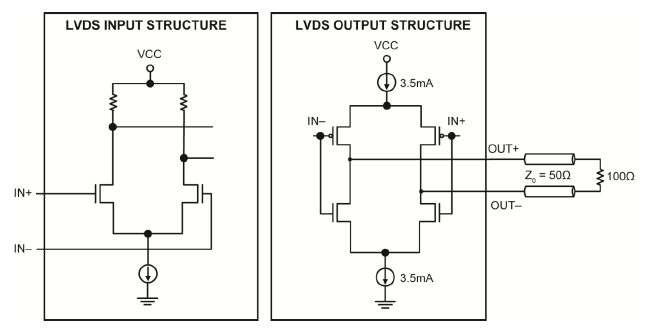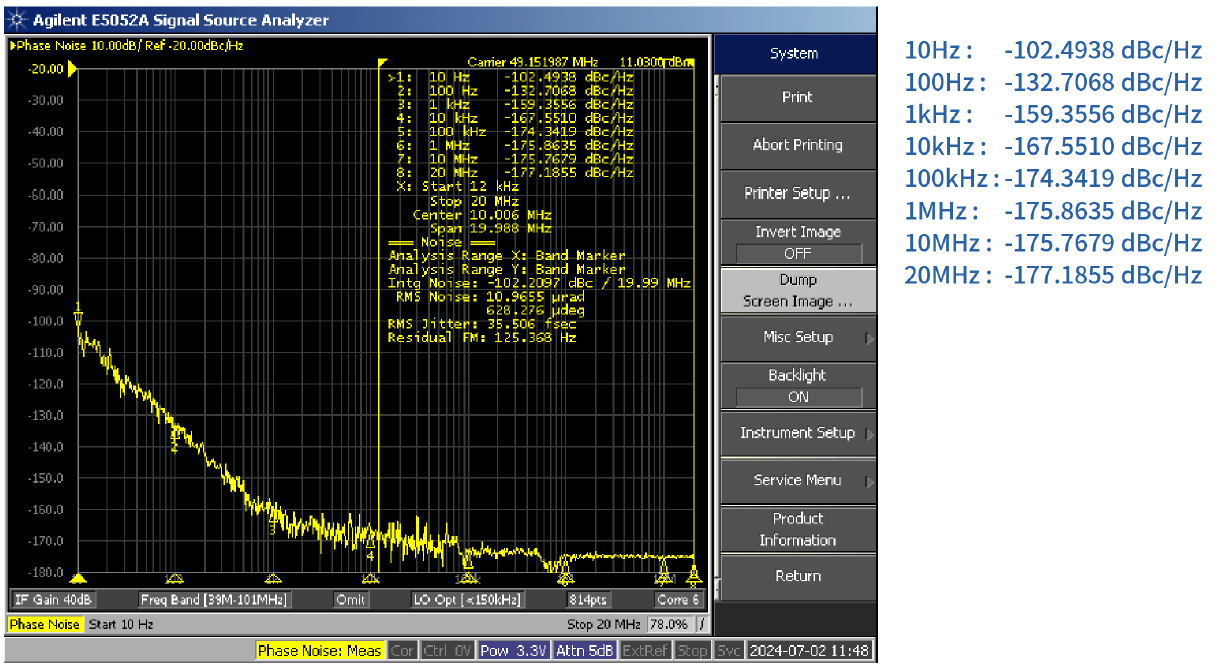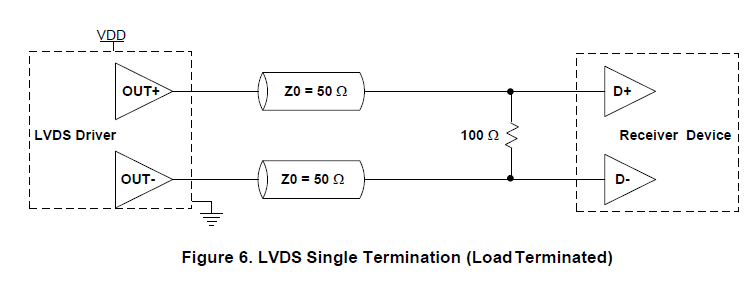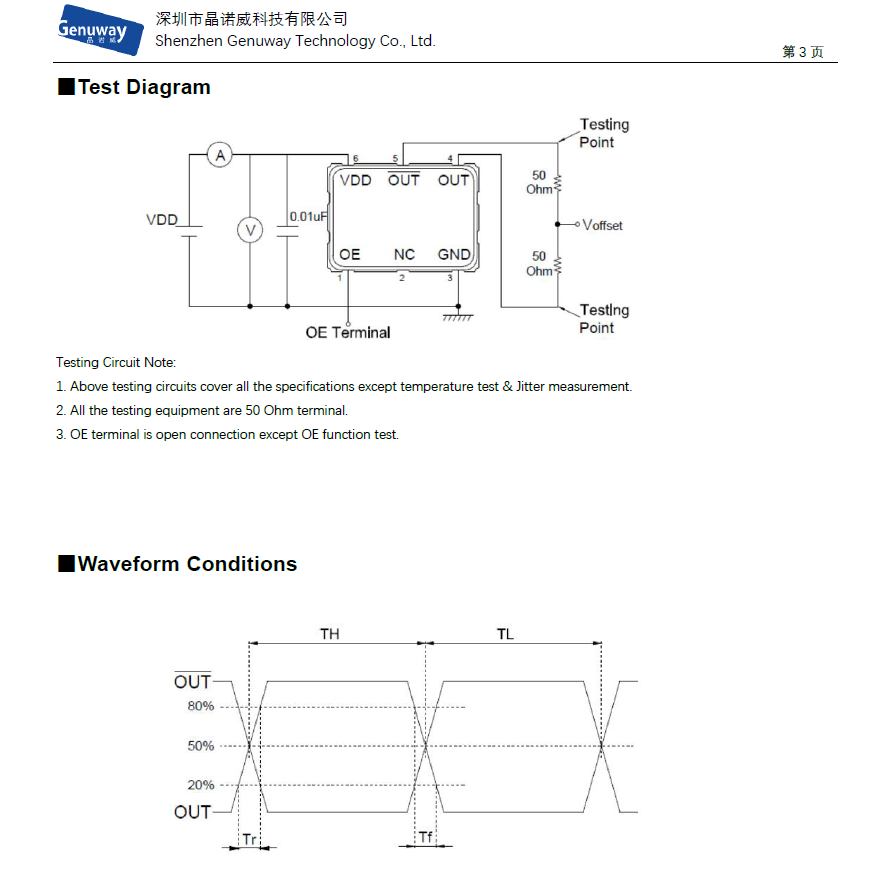
Some common questions about Oscillators
1. What is the definition of phase noise?
In an oscillator, phase noise is rapid, short-term, random fluctuations in the phase of a wave, caused by time domain instabilities.

2. What is the definition of phase jitter?
Rapid, repeated phase perturbations that result in the intermittent shortening or lengthening of signal elements. Phase jitter may be random or cyclic. The phase departure in phase jitter usually is smaller, but more rapid, than that of phase perturbation. Phase jitter may be expressed in degrees, radians, or seconds. Phase jitter is usually random. However, if cyclic, phase jitter may be expressed in hertz as well as in degrees, radians, or seconds.
3. What is the solution of reducing EMI?
Electromagnetic interference (or EMI, also called radio frequency interference or RFI) is a (usually undesirable) disturbance that affects an electrical circuit due to electromagnetic radiation emitted from an external source. The disturbance may interrupt, obstruct, or otherwise degrade or limit the effective performance of the circuit. The source may be any object, artificial or natural, that carries rapidly changing electrical currents, such as an electrical circuit, the Sun or the Northern Lights.
EMI can be induced intentionally for radio jamming, as in some forms of electronic warfare, or unintentionally, as a result of spurious emissions and responses, intermodulation products, and the like. It frequently affects the reception of AM radio in urban areas. It can also affect cell phone, FM radio and television reception, although to a lesser extent.
The easiest way to reduce EMI is to have a good pcb layout. For example, you should have a good ground plane, every differential pair should be closely spaced, no right angle turn, use as less via as possible, etc.
4. What is LVDS? It’s superiority and applications?

LVDS grow from the original IEEE 1596.3-1996 Standard for Low-Voltage Differential Signaling (LVDS) for Scalable Coherent Interface (SCI) into the workhorse technology it is today. LVDS is the most common differential signaling interface. The low power consumption, minimal EMI, and excellent noise immunity are the features that have made LVDS an interface of choice for many applications. In addition, the LVDS wide-input common mode makes LVDS devices easy to interoperate with other differential signaling technologies. The latest generation of LVDS operates from DC to as high as 3.125 Gbps, allowing many applications to benefit from LVDS. These multi-gigabit LVDS devices feature pre-emphasis and equalization that enables signal transmission over lossy cables and printed circuit board (PCB) traces.
5. The common problem of products.
1).General cleaning solutions or ultrasonic cleaning method may be used to clean our products. However, under certain circumstances, ultrasonic cleaning machine could generate resonance at the oscillation frequency of our products and thus deteriorate the electrical characteristics in devices, and even damage the overall structure of devices. Therefore, verification test is highly recommended before cleaning.
2).Tuning fork products oscillate at frequency bands that are close to the washing frequency of ultrasonic cleaning machine, which may cause resonance deteriorating the electrical characteristics in devices, and even damaging the overall structure of devices. Therefore, using ultrasonic cleaning machine to clean tuning fork devices should be avoided. If the use of this method to clean tuning fork devices is required, it’s highly suggested to check the functionality of devices before and after the cleaning process.
3). Please avoid any circuit under the product when laying out for preventing interference.
4). Please do not connect to any circuit when the datasheet marked as “NC” or “Do not connect” to avoid error function.

5). Avoid mounting and processing by ultrasonic welding, this method has a possibility of an excessive vibration spreading inside the crystal products and becoming the cause of characteristic deterioration and not oscillating.




